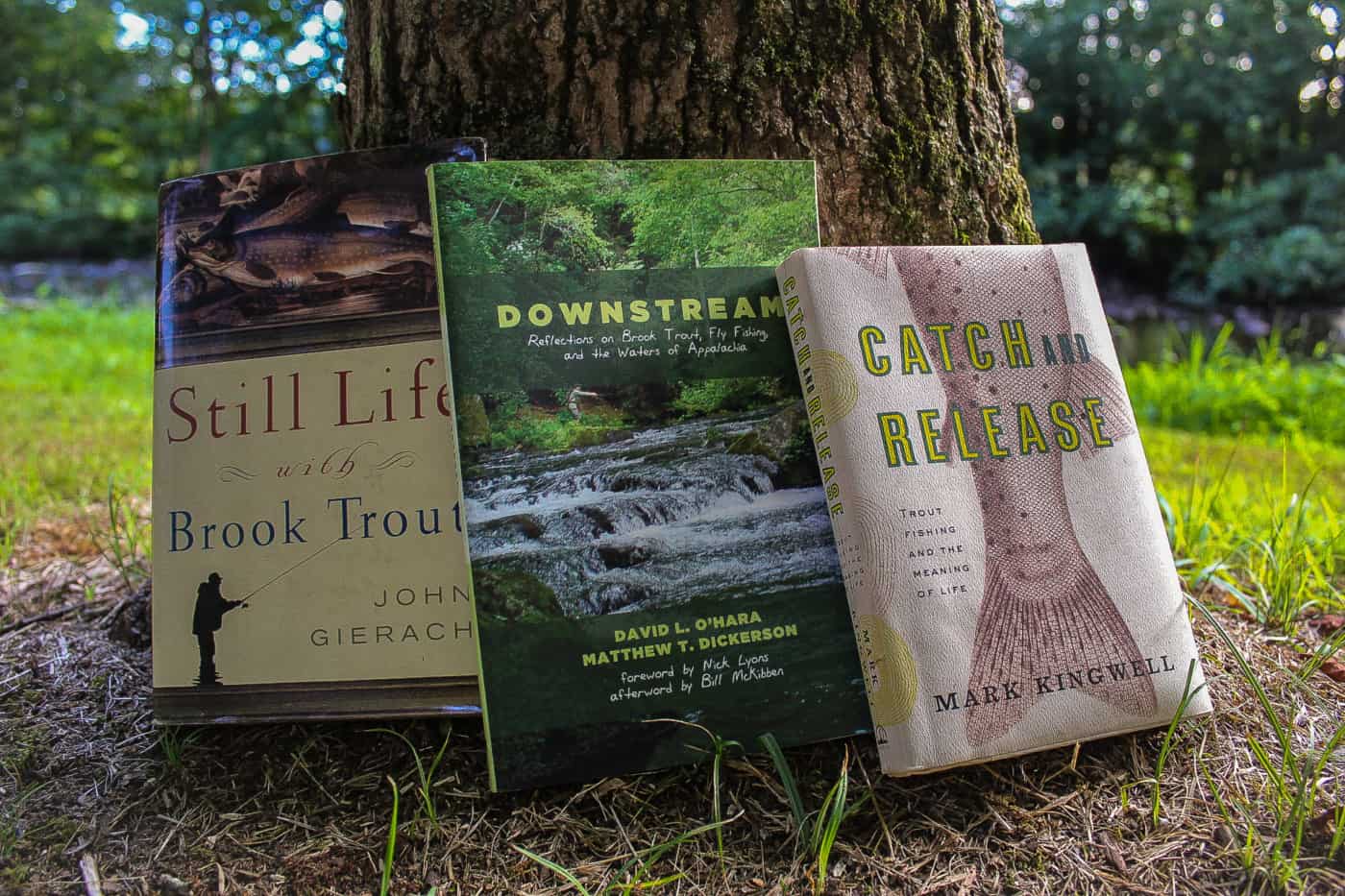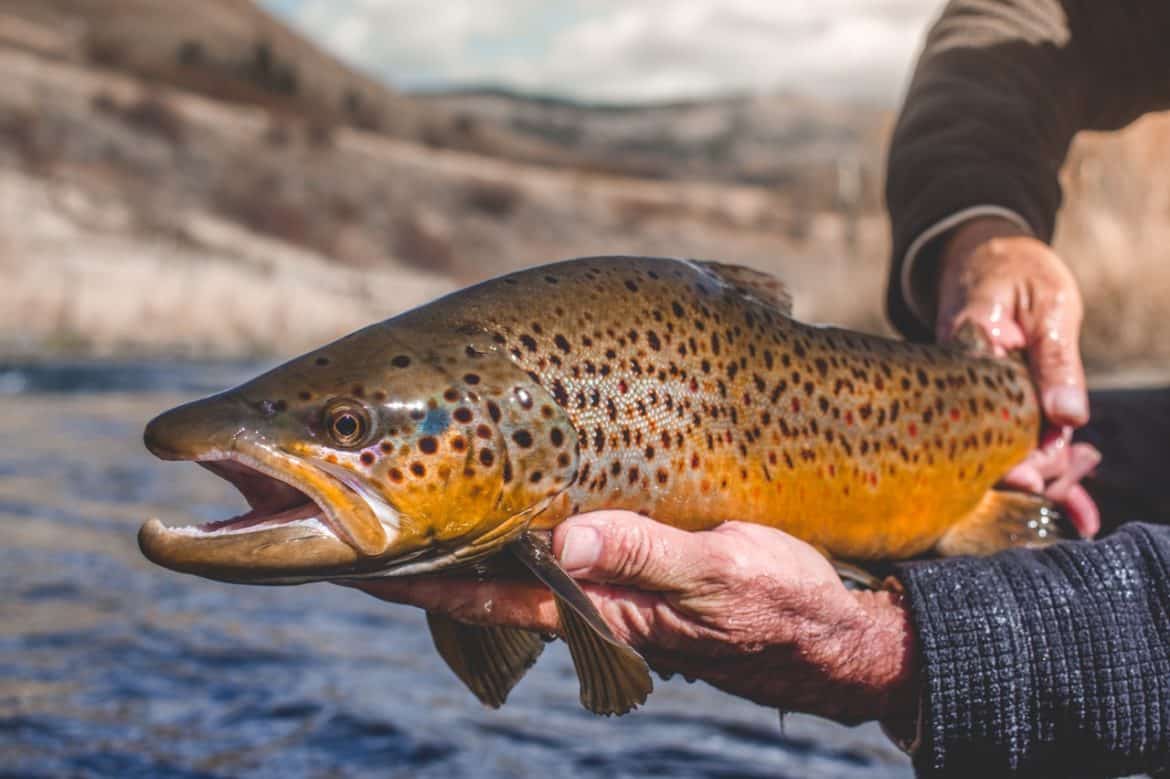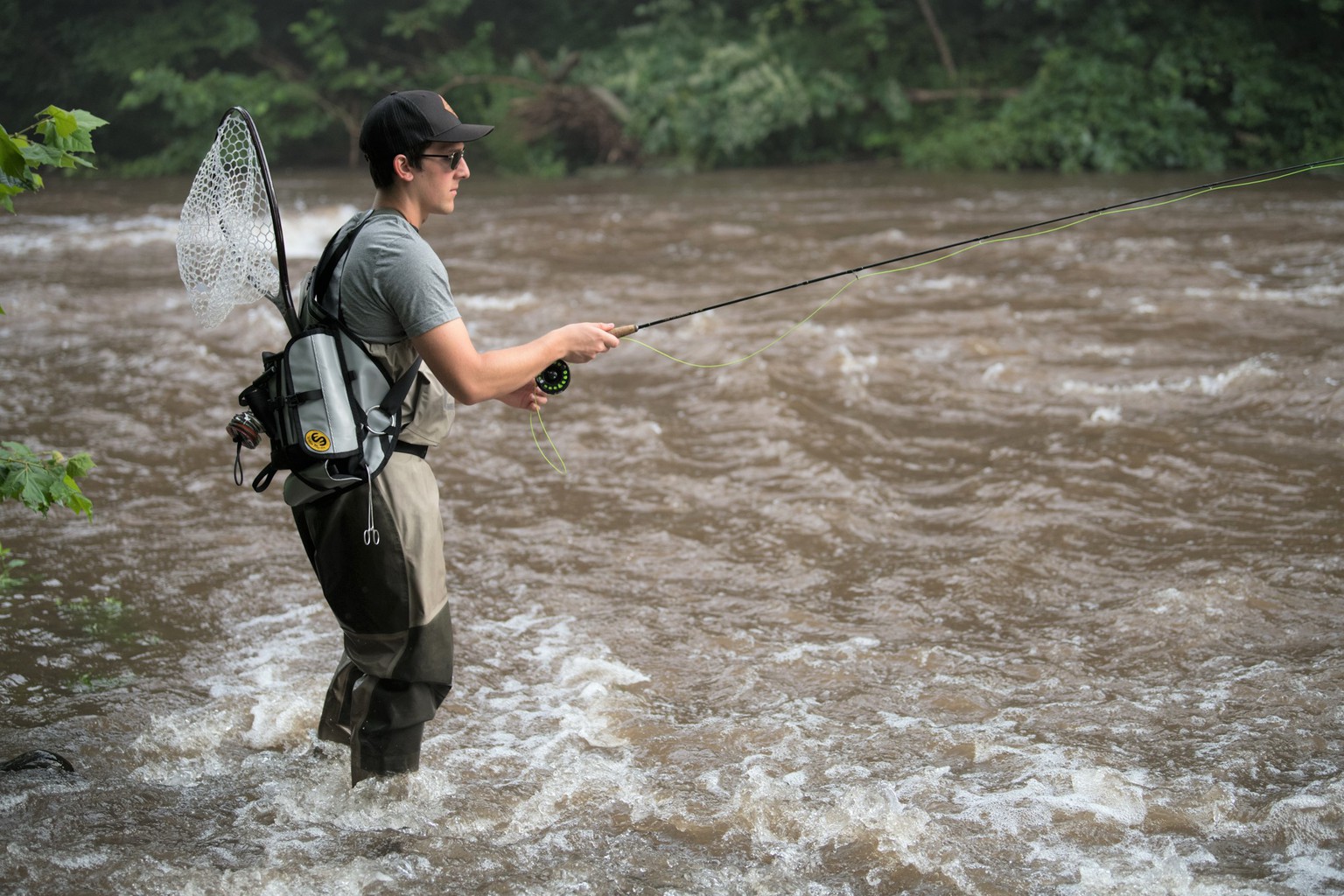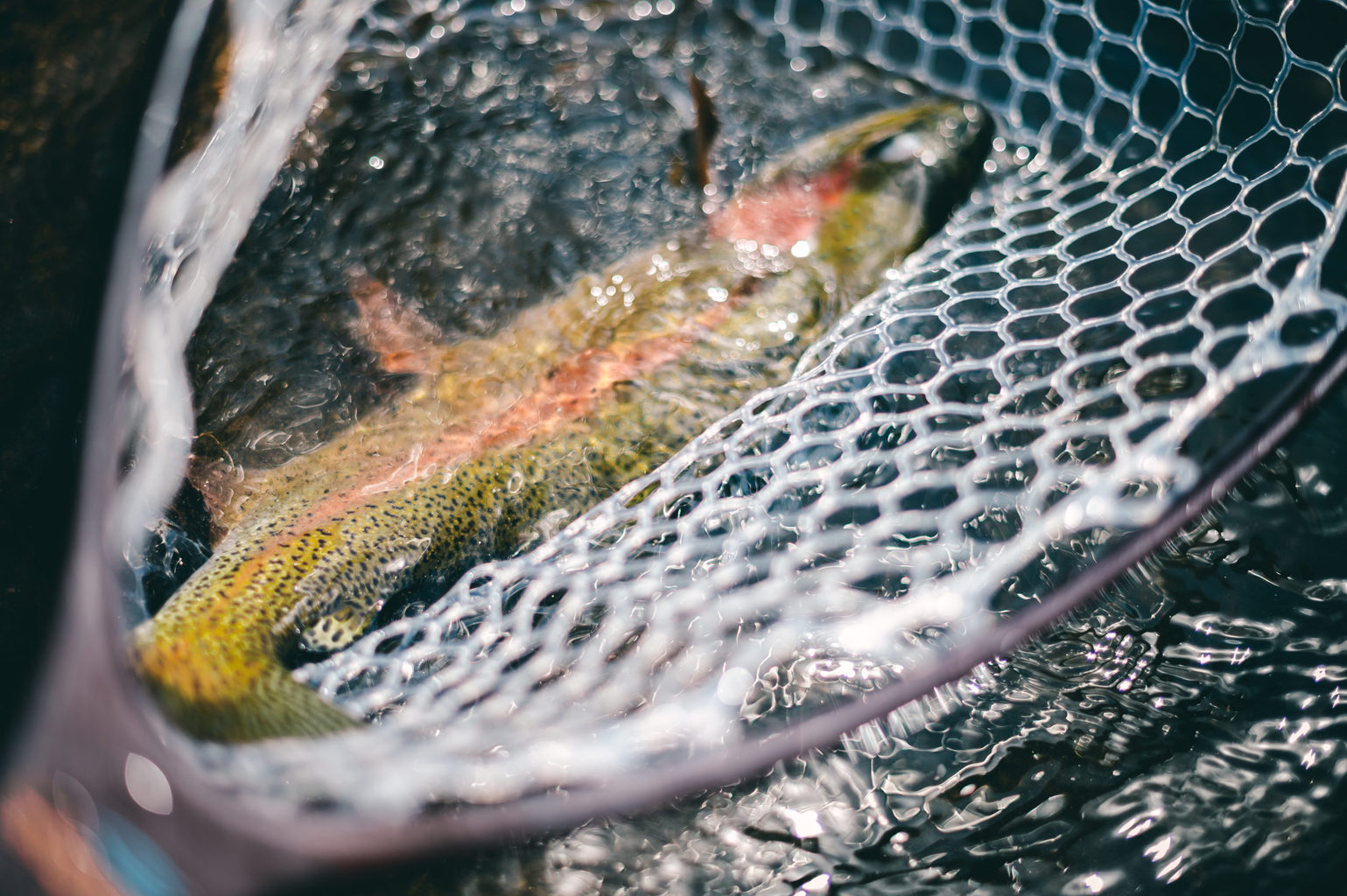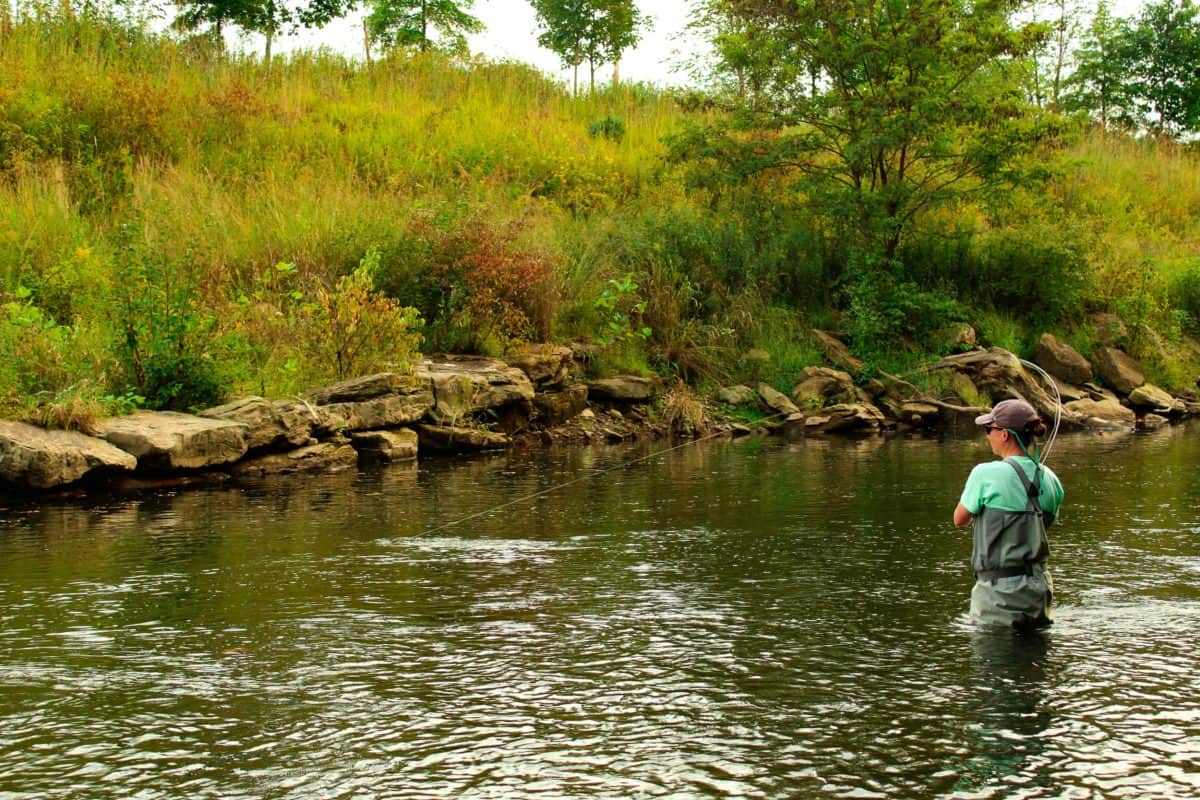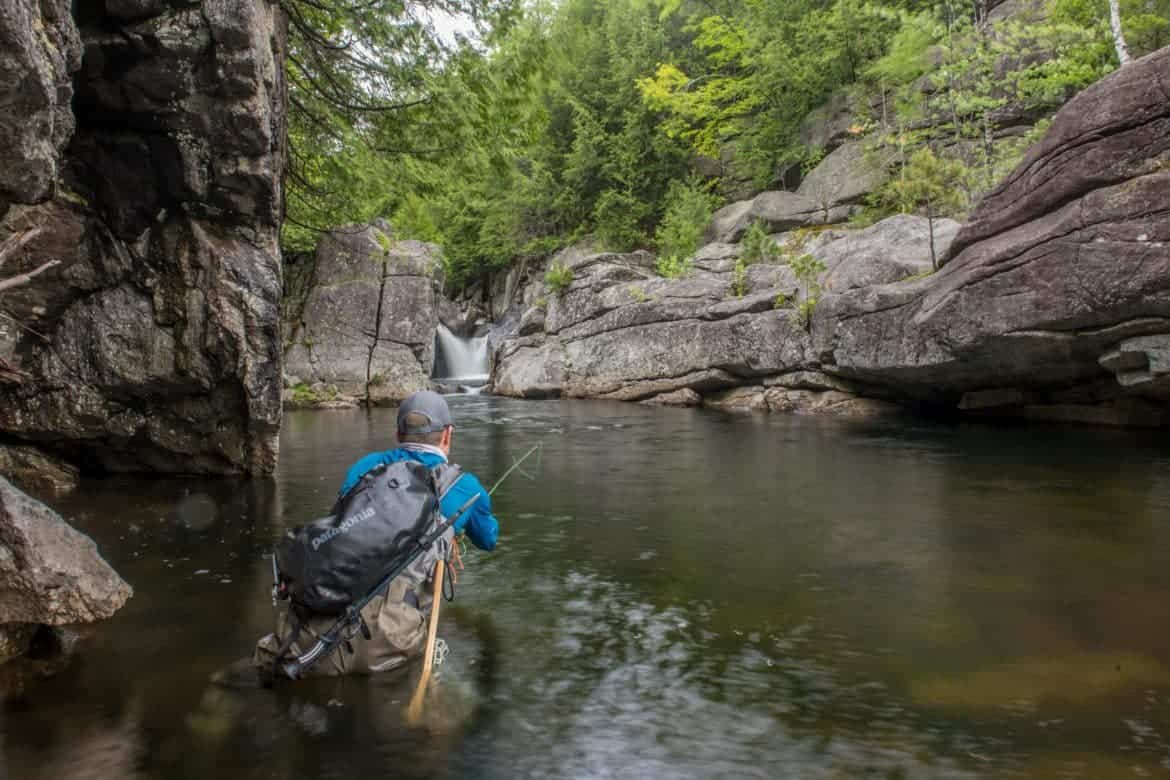Why Am I Not Catching Any Fish Fly Fishing?
When nothing is working.
You could be doing everything right and still have no luck catching anything. Sometimes matching the hatch and making near-perfect casts doesn’t guarantee landing a fish. However, there are a few fly fishing tactics that you can do to maximize your efforts and improve your chances drastically.
Keep moving and cover more water
Your best fishing will come from fish having no idea that you are present and, thus, sense no threat. Their guard will be down and allow them to comfortably feed per usual. It often comes down to your 1st cast. Some streams are extremely sensitive, and one poor cast could spook an entire pod of fish.
You could be doing everything right and still catch nothing. It could come down to just overfishing the same hole over and over again. Your best bet is to keep moving upstream or downstream to the next pool and try your chances there. What’s not working now may work in the next pool.
Don’t make the mistake of discounting an open stretch of water just because it simply doesn’t look like it would hold fish. It only takes a few seconds to make a cast or two. You never know where your personal best will be. Sometimes trout break from the typical pool to slower slack water or faster riffles for feeding. You’ll usually find loner trout hunkered down in seams where food is funneled directly into their path. Exposed roots, fallen limbs, boulders, undercut banks, and shorelines are great examples of where trout will gorge themselves on insects being funneled into tiny channels that they have to themselves.

Change your fly.
Changing your fly is a simple solution. The goal should be to narrow down your fly selection to what you suspect trout are eating. Start out with your favorite go-to patterns and then dial it in based on what feeding activity and insect activity you see around you.
When You’re Heading In The Right Direction:
- Trout rises to your fly, but turns away last second.
- Insects that resemble your fly are swarming the surface.
- Trout are rising steadily in the pool.
You can also double up with a multi-fly rig to test 2 different fly choices at the same time. One might perform better than the other, which allows you to double up with two — doubling your chances. For example, you may tie on a size #16 Adams Parachute (imitating a wide variety of mayflies) and a size #16 Elk Hair Caddis (imitating a wide variety of adult caddis flies), and the Adams Parachute ended up turning heads and getting a few bites. Great! Now you can double up on the Adams Parachute or try another mayfly pattern by removing the Elk Hair Caddis. You just doubled your odds.

Go deep. Use nymphs.
While this may not be overly effective in shallow small stream systems, nymphing may be the only thing that works. Over 80% of a fish’s diet is subsurface, meaning nymphs, baitfish and minnows, larvae, and pupae. Read more on what nymphs are here.
When nothing works, aim for the bottom. The current on the bottom of the stream is actually slower due to the friction caused by the water moving over the bottom. This is an ideal place for fish to lie low and feed without expending too much energy. All you have to do is get your flies rolling near the bottom.

Focus on the quality of your presentation.
Poor presentations mean poor line control, which means excessive drag. If your fly is moving differently through the water than all the other naturals, trout sense the difference and will avoid it like the plague. Learn how to present your dry flies here. It’s not that trout can spot the line and that you need to use thinner leaders and tippets that they can’t see, it’s that thinner tippets aren’t as stiff which means it moves more naturally. Trout will see it no matter what, no matter the thickness. Let me tell you a quick story.
Many years ago I spoke with a fishing buddy who proved this theory correct. First, he took his hopper pattern and cast it out perfectly into a seam that he knew held trout — nothing took after multiple seemingly perfect drifts. Next, he took a 6-inch section of 1x tippet and strung it through a grasshopper he caught on the streamside. Then he tossed it out back into the same stretch of water and watched it twist, pivot, and float a few feet downstream before a large brown took the whole thing on the first run. That section of tippet was obvious on the surface and easily seen, just like his identical hopper pattern, the difference was that it moved naturally — just like how the trout expects it too. It came down to having a better presentation that made the grasshopper meal undeniable.
To achieve a natural drift — mend, mend, mend. Learn how to control and move your line against or with the current to avoid drag.
Fly Fishing Made Easy 👍
Our Quarterly Fly Club ships 1,000’s of flies to anglers all across the United States. Receive curated fly assortments selected for the season with in-depth articles on how to fish them. Great for beginners to learn and for intermediates to discover new flies.



